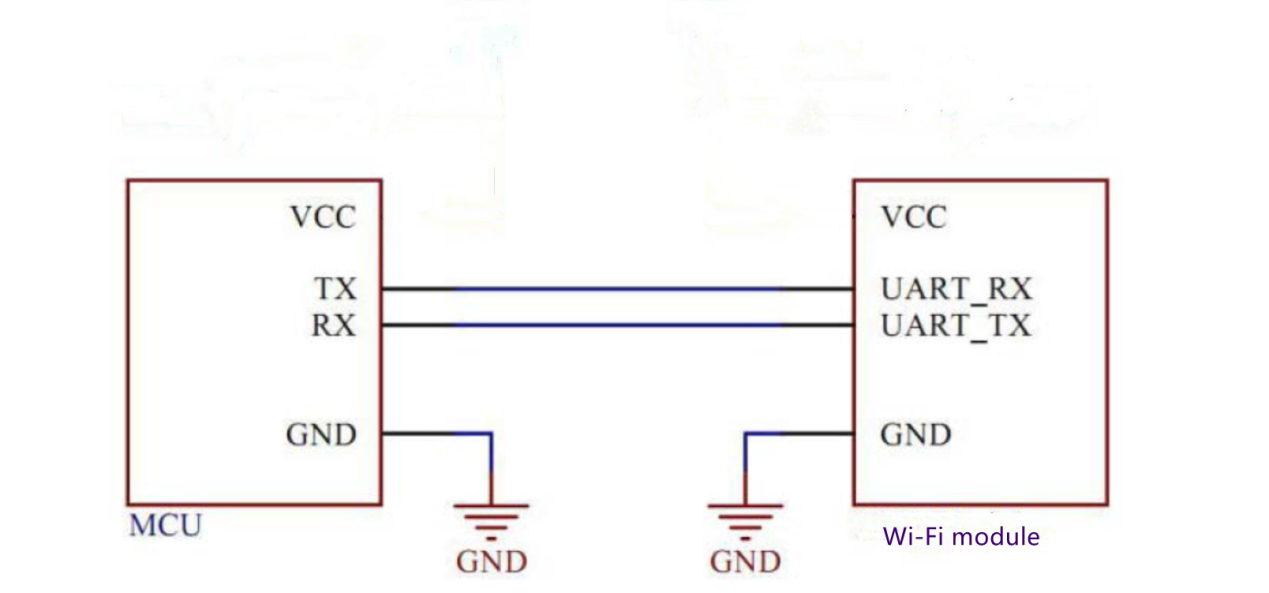There are many kinds of Wi-Fi modules. The most popular one is the serial Wi-Fi module, that is, UART interface Wi-Fi module, UART Wi-Fi module can be easily connected to the product's MCU without a driver. Some UART Wi-Fi modules have their own MCU, and users can program firmware through Wi-Fi module’s MCU, which saves a lot of work.

Another important feature of the smart Wi-Fi module is that it needs to be connected to the cloud server, can be controlled in the background, and is controlled by mobile phones. There are many IoT application solutions based on wifi modules and bluetooth modules.

The main advantages of Wi-Fi technology in smart homes are: Wi-Fi smart nodes can be directly connected to wireless routers to access the Internet; no need for home gateway, nodes can be expanded arbitrarily; smartphones can be used for LAN Control and remote control.
IOT serial port Wi-Fi module: The module integrates radio frequency transceiver, MAC, baseband processing, Wi-Fi protocol, and configuration information and network protocol stack. Users can use it to easily realize the wireless network function of serial devices, save development time, and make products faster.
For IoT projects, how do we choose the best Wi-Fi module?
1. Confirm the application scenarios of the Wi-Fi module and the data transmission functions that need to be implemented, the size of the data volume, and determine the data throughput of the selected Wi-Fi module.
2. Confirm which interfaces the device needs to provide in order to achieve the required Wi-Fi data transmission function and select the Wi-Fi module of the corresponding type of interface according to the interface that the device can provide; in addition, in the process of data transmission, the master device or the slave Equipment; specific functional requirements; whether a Wi-Fi module with a special interface is required.
3. Transmission power, transmission rate, transmission distance, power consumption, receiving Sensitivity
In different wireless protocols, the transmit power is different.
Different protocols and different module hardware configurations will affect the transmission rate.
Most demanders will consider the factor of Wi-Fi transmission distance.
The higher transmit power of the Wi-Fi module, the longer the transmission distance, with the higher power consumption.
Receiver sensitivity refers to the minimum signal level that the receiver can detect under the conditions of a given signal-to-noise ratio before the receiver's demodulator. Receiving sensitivity is a parameter that characterizes the receiving performance of the object under test. The better the receiving sensitivity, the more useful signals it receives and the larger its wireless coverage.
4. Cost
Select the Wi-Fi module with applicable functions, not the one with excess functions.
5. Special requirements
For example, if you have a system and an interface that suits your needs, you can choose a Wi-Fi module that meets your functional requirements.
6. Customization
Some Wi-Fi applications may be used on special or rare occasions. In the selection process, most Wi-Fi modules can’t meet it. At this time, you need to consider customization.